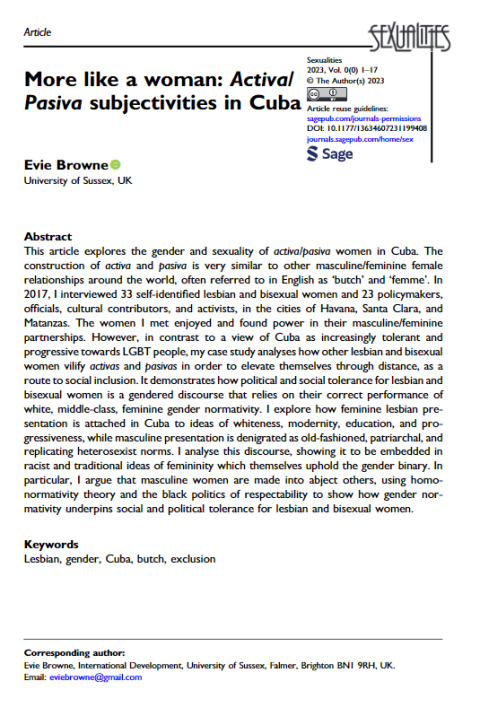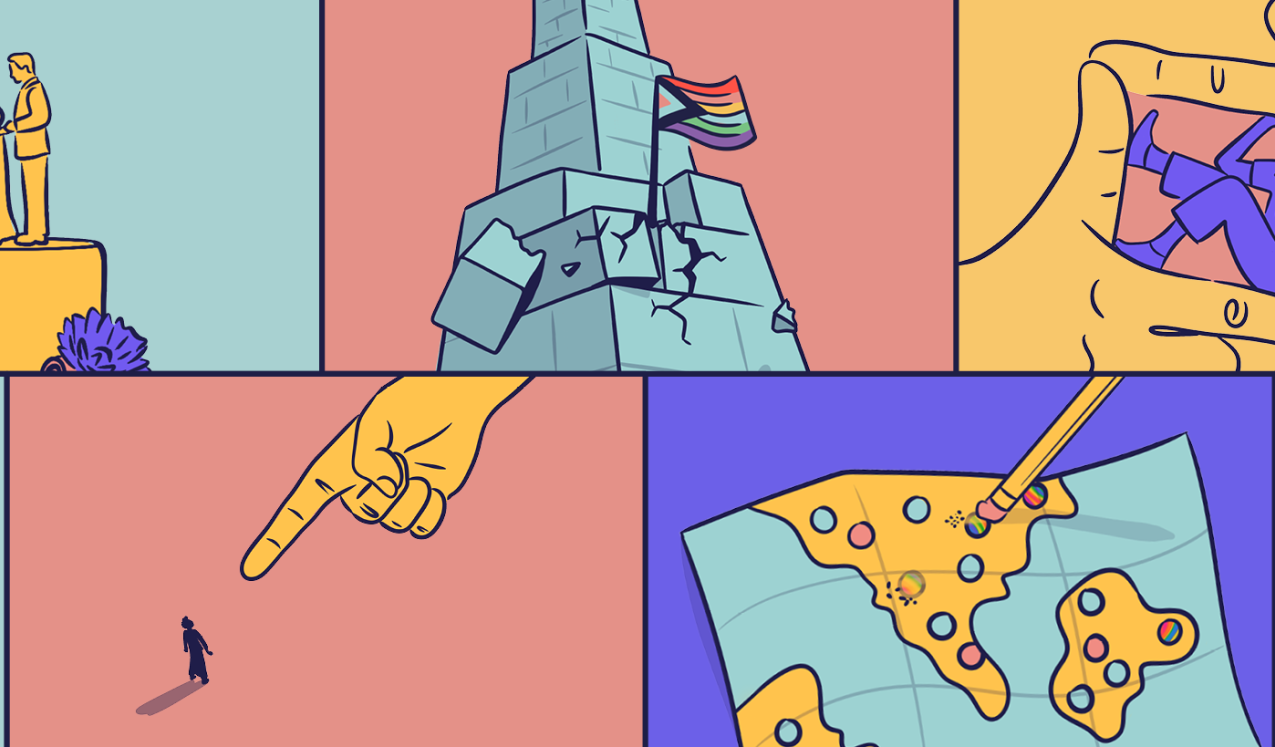
- Toolkit
- 22 September 2025
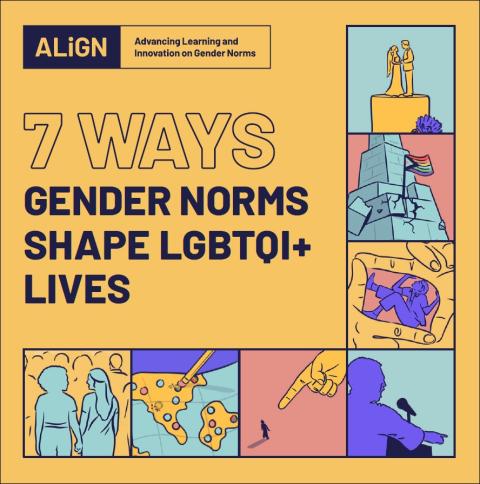
This explainer outlines seven ways in which gender norms shape the lives of LGBTQI+ people.
There can be no doubt that gender norms are a powerful force shaping the lives of LGBTQI+ people across the world, but have you ever thought about how gender norms affect people’s experience or expression of their sexuality? Or their gender identity? Or why gender norms are relevant to understanding the current rise in anti-LGBTQI+ politics globally?
Gender norms are an analytical bridge that bring gender equality and LGBTQI+ inclusion issues together. This explainer outlines why LGBTQI+ rights and inclusion matter to gender equality, and why gender equality efforts must include people with diverse sexual orientations, gender identities, gender expressions and sex characteristics.
Gender norms are the implicit informal rules determining how we are expected to behave in a given social context as a result of our gender. They serve as an invisible social scaffolding that helps maintain patriarchal power and gender inequality. When LGBTQI+ people defy dominant gender norms, like how to dress or who to love, the consequences are often isolating, violent or even deadly, because patriarchal norms expose queer people to a heightened risk of discrimination.
By outlining 7 ways that gender norms influence daily lives, as well as the role they play in current political attacks against LGBTQI+ people, this explainer provides a tool for those working to support gender equality more broadly, as well as for those who want to understand more about how to apply a gender norms lens to LGBTQI+ issues.
7 ways gender norms shape LGBTQI+ lives:
- Pressures of ‘compulsory heterosexuality’
- Queerness challenges patriarchal norms
- Gendered expectations in public and private
- Rising backlash & anti-LGBTQI+ politics
- Discrimination & violence against LGTBQI+ people
- Erasure of gender diversity & colonisation
- Changing norms & LGBTQI+ acceptance
Related resources
Toolkit
13 July 2023
Published by: ALIGN
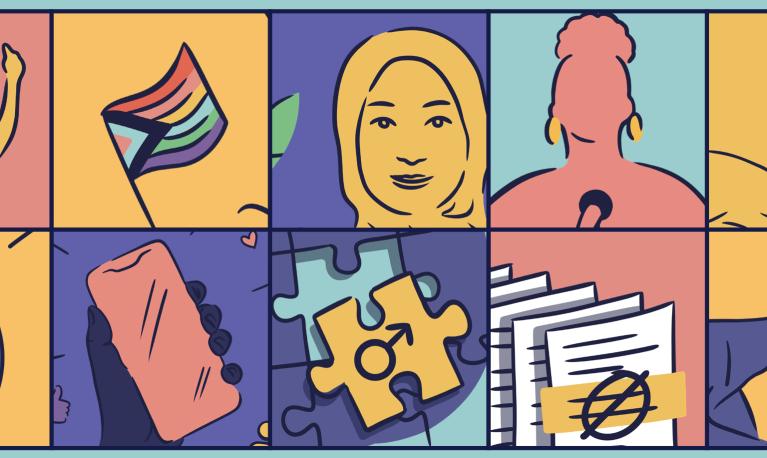
Briefing paper
5 November 2025
Published by: ODI Global, ALIGN
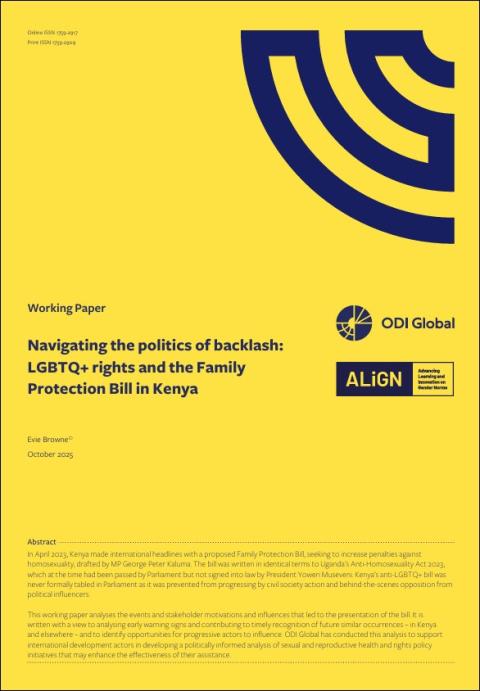
Blog
19 December 2024
Published by: ALIGN

Report
4 September 2024
Published by: ALIGN, SISMA Mujer
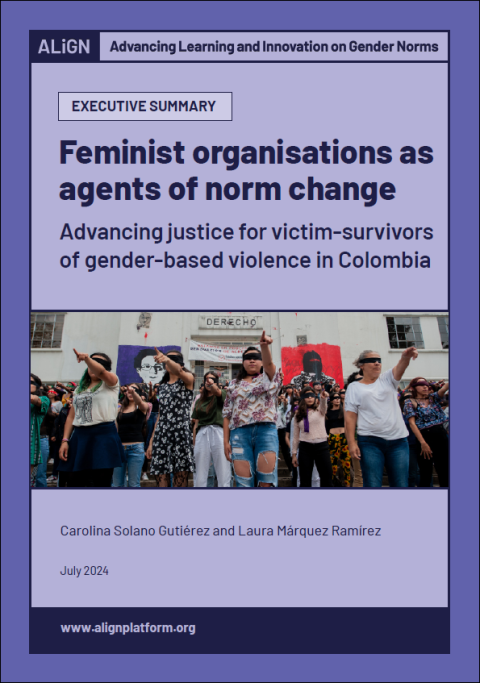
Report
17 July 2024
Published by: ALIGN
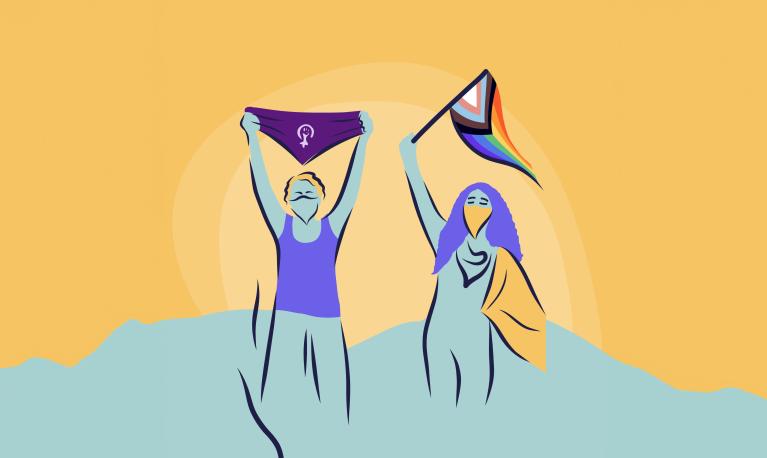
Blog
27 June 2024
Published by: ALIGN
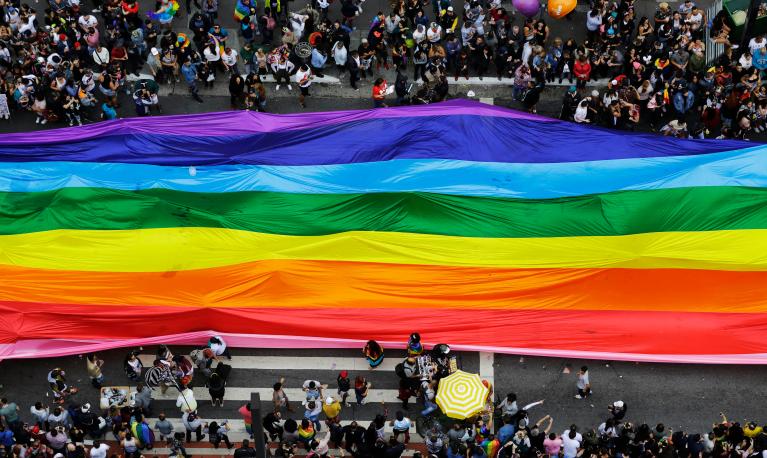
Blog
8 January 2024
Published by: ALIGN

Report
1 January 2024
Published by: The Other Foundation

Report
1 January 2024
Published by: The Other Foundation
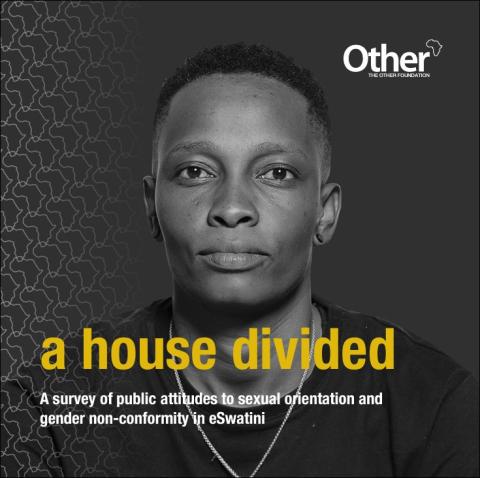
Report
1 January 2024
Published by: The Other Foundation
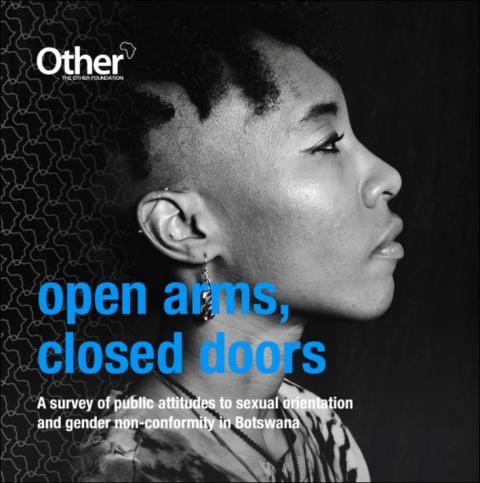
Blog
14 December 2023
Published by: ALIGN
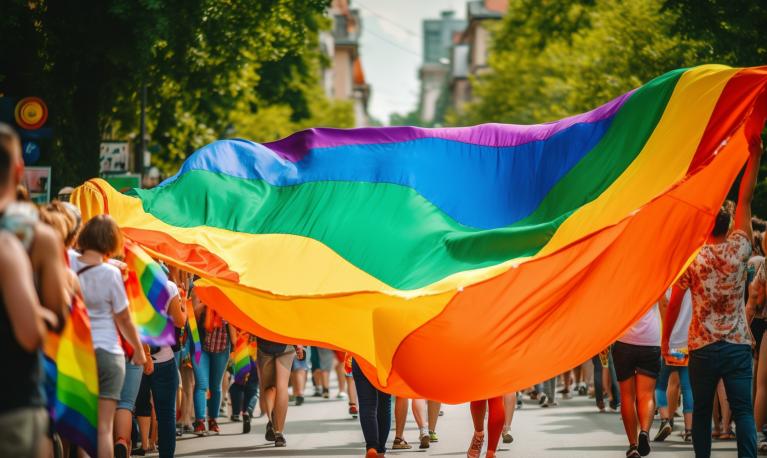
Journal article
30 August 2023
Published by: Sexualities Journal
